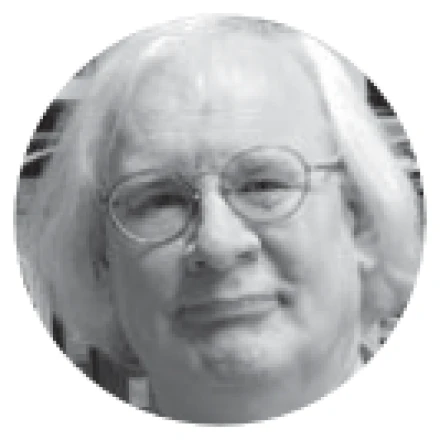The Church in the decade ahead: carrier of hope and healing or pathogen of fear?
CORONAVIRUS came to us like the closing of an old door on a weak spring - slowly. Then we heard the bang; and it was too late.
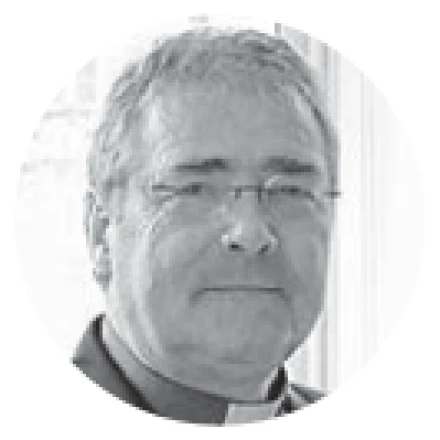
Editorial
THE CHALLENGES of the continuing pandemic dominate almost every article in this issue, from Archbishop McDowell’s call for repentance and a re-thinking of our vocation to Christopher Shiell’s exposition of the lack of climate-friendly church heating and what is needed to achieve it.
Through every article, whether explicitly or implicitly, lies the question of how we think about God and God’s action in the world and in our lives. This is addressed directly and passionately by Jerusha McCormack in “God and the Pandemic: Living the Question”. With no claim to be a theologian, but with impressive cross-cultural and academic credentials, Dr McCormack addresses the deep and painful questions that have afflicted us in relation to God down the millennia. Looking East as well as West and pointing to cross-cultural enlightenment in the Middle Ages as well as in our time, she offers a way forward that has rarely been expressed so well.Eschatological issues, so dominant today, are further considered in two articles written by theologians in answer to the question “What do we mean when we say we believe in the resurrection of the body and the life of the world to come?” David Ford offers his reflections based on John’s Gospel, on which he has just completed his Theological Commentary, and William Olhausen follows with his interpretation from a Pauline perspective.Then to get down to brass tacks, QUB sociologist Gladys Ganiel usefully outlines the results of her recent survey on “Faith Leaders’ response to the pandemic”, majoring on the responses about both faith and practice received from Church of Ireland clergy. There is much that is helpful here as we seek to discern the way forward both for worship, for outreach and for pastoral care.Finally, before Shiell, “Liturgica” and the Book Reviews, Eileen Cremin reflects on her ministry as curate and rector in the diocese of Cork, Cloyne and Ross over the past twenty years. Being both Black and British when she arrived here after thirteen years of ordained ministry in the C of E brought some difficulties she had not anticipated. There are lessons here for the Church’s welcome to incoming clergy of all backgrounds.There will be more pandemic-related material in the first issue of SEARCH in 2021, not least in connection with church worship, internet worship and the Eucharist. Make sure of your copy now!
CORONAVIRUS came to us like the closing of an old door on a weak spring - slowly. Then we heard the bang; and it was too late.

WHAT? In the midst of this mayhem, in which our whole world is being turned upside down, who would even put ‘God’ and ‘pandemic’ together?
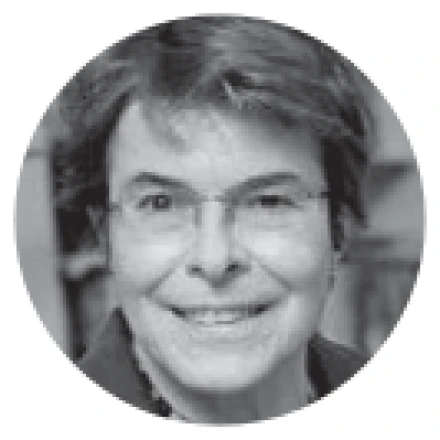
THE ENDING of the Gospel of John is an understated challenge to some of the rest of the New Testament. John1 describes a community with fake news in circulation relating to the return of Jesus.
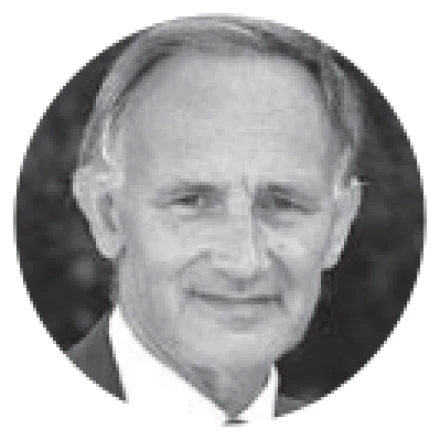
THE SUBTITLE above cites the often misquoted comment made by the late (and in many ways great) David Jenkins, Bishop of Durham from 1984 to 1994.
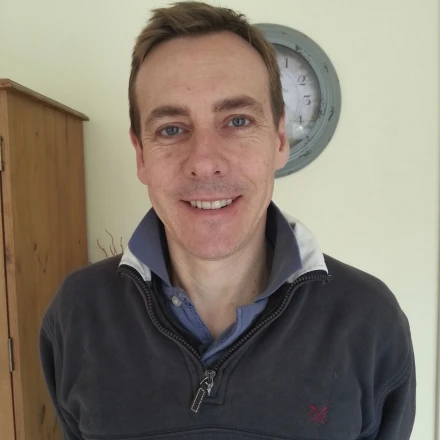
THE COVID -19 pandemic has challenged all of us, bringing in its wake fear, bereavement, and unprecedented restrictions on everyday life. In the midst of all this, Christians are still called to witness to ‘the hope that is in us.’

THESE three words pretty much summed up 2020 in two respects. The start of the year saw the onset of a deadly disease that affected millions around the world – Covid19, a virus unlike no other because of the speed with which it infected individuals, communities, and national economies. It chiefly affected the lungs, bringing shortness of breath and putting thousands on ventilators because they literally couldn’t breathe.
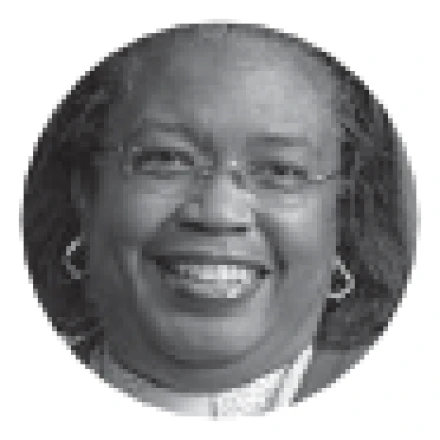
UNDOUBTEDLY there is an imperative in all facets of society to minimise one’s carbon footprint. It is, therefore, highly desirable that those responsible for ecclesiastical buildings examine how ecologically friendly the heating systems in their churches and cathedrals are.

MUCH REFLECTION has taken place in recent years on how ‘communication’ and ‘meaning’ function in worship. It would be presumptuous to think that we fully comprehend the process, but voices from various areas of interest seem to be saying much the same thing.
